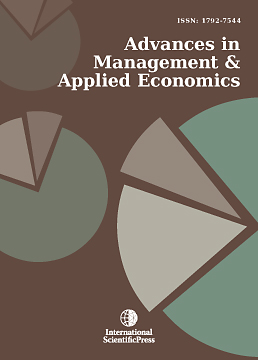Advances in Management and Applied Economics
Consolidated Filing Regime or Separate Accounting Regime? The Comparative Analysis of Tax Regimes for Group Holding Company
-
 [ Download ]
[ Download ]
- Times downloaded: 10352
-
Abstract
This research analyzes the difference between the separate accounting regime (SAR) and consolidated filing regime (CFR) selected by a group holding company (GHC). The result indicates that the difference between the SAR and CFR is mainly from the net benefit of profit shifting between subsidiaries and the connection of changes in every subsidiary’s profit. Furthermore, both of them are affected by factors such as variable-profit shifting regulations and income tax rates under these regimes. In the aspect of extended application, we first assume that the GHC has the specific target to manipulate subsidiaries’ profits based on the purposes of operation and management. In this target function, the variance expresses not only the risk but also the difference between the actual and target profits. Second, if the government imposes progressive taxes on companies’ profits, the comparison between the two tax regimes is mainly from the variance of tax burden, the covariance of individual subsidiary’s earnings after tax, and the covariance of difference between earnings before tax and the tax burden under two tax regimes.
